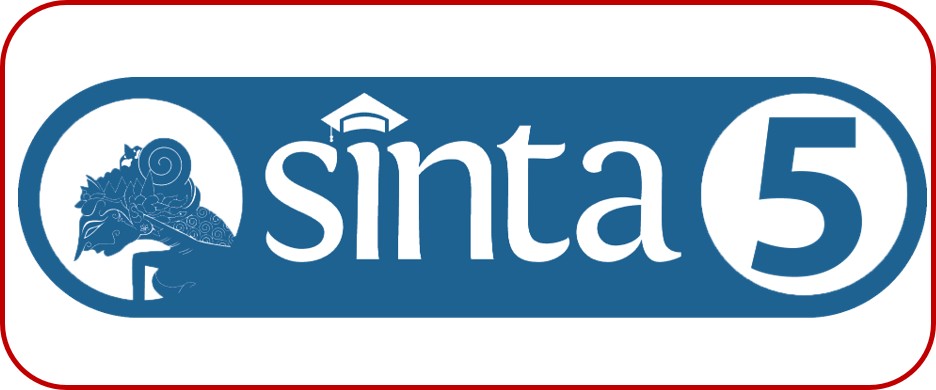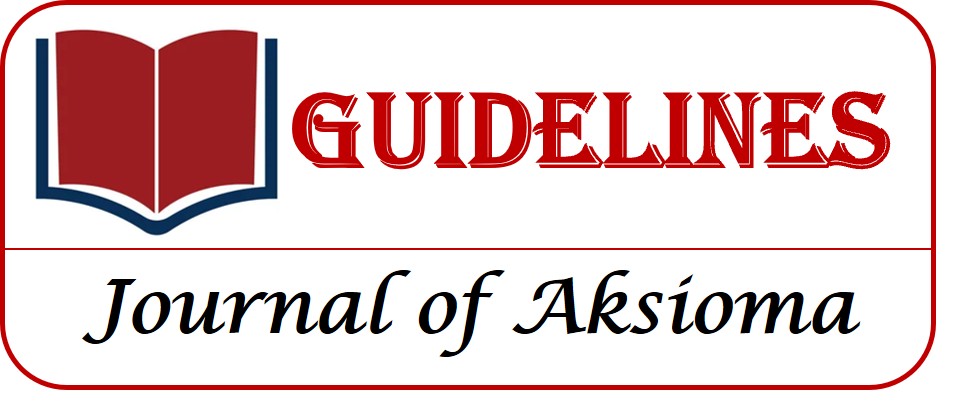PENERAPAN PEMBELAJARAN BERBASIS MASALAH UNTUK MENINGKATKAN HASIL BELAJAR PADA MATERI BANGUN RUANG SISI DATAR SISWA KELAS VIII MTSN 4 KOTA PALU
The Application Of Problem-Based Learning To Improve Learning Outcomes In The Material Flat-Sided Space Building Material VIII MTsN 4 Kota Palu
DOI:
https://doi.org/10.22487/aksioma.v13i2.4371Keywords:
Problem-Based Learning, Learning Outcomes, Plane Solid FiguresAbstract
This study aims to describe the application of problem-based learning to improve learning outcomes on the topic of plane solid figures for eighth-grade students at MTs.N 4 Kota Palu. This research is a classroom action research that follows the Kemmis and McTaggart design, which includes planning, action implementation, observation, and reflection. The subjects of this study were all 30 students of class VIII B enrolled in the 2023/2024 academic year. The study consists of two cycles, each with two meetings. The results of this study show an improvement in student learning outcomes from cycle I to cycle II, indicated by the increase in the number of students who achieved the minimum completeness criteria overall. In cycle I, 16.67% or 5 students met the minimum completeness criteria. In cycle II, the number of students meeting the minimum completeness criteria increased to 73.33% or 22 students. The results of teacher activity observation were in the good category with a score of 80% in cycle I, which increased to 84.83% in cycle II. The results of student activity observation in cycle I were in the good category and improved to the very good category in cycle II. Therefore, it can be concluded that the application of problem-based learning can improve student learning outcomes using the following phases: (1) Orienting students to the problem, in phase 1, students engage directly with the topic by relating the problem to real-life situations. (2) Organizing students for learning, in phase 2, students form predetermined study groups to complete the LKPD, with the researcher considering the students' familiarity with one another. (3) Guiding individual and group investigations, in phase 3, students express their ideas through group discussions with the researcher's assistance. (4) Developing and presenting work, in phase 4, students randomly present their group's work with good topic mastery and responsibility within their group. (5) Analyzing and evaluating the problem-solving process, in phase 5, students analyze the presentation results with intellectual ability, identify errors, explain correct answers, and summarize findings to construct knowledge from group work.
Downloads
Published
How to Cite
Issue
Section
License
Copyright (c) 2024 Author

This work is licensed under a Creative Commons Attribution-ShareAlike 4.0 International License.














